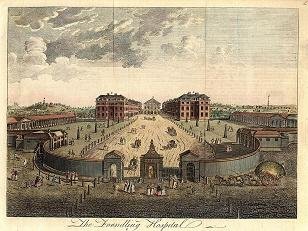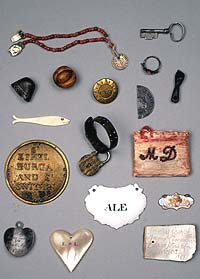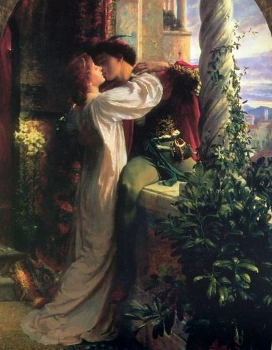 When Santa asked for an update on our projects, I had mixed feelings. I love that someone cares enough to ask, don’t get me wrong! But I also have to admit something: I’ve been wandering for a while.
When Santa asked for an update on our projects, I had mixed feelings. I love that someone cares enough to ask, don’t get me wrong! But I also have to admit something: I’ve been wandering for a while.
After completing LADY DEARING’S MASQUERADE, I started work on a historical romance with a Regency balloonist as the hero. I thought it would be fun, but instead it soon felt like pushing a boulder uphill. I switched gears to work on a different story that I believed was more “high concept”, only to find the going slow on that one, too. Then not long ago the market seemed to call for something darker than what I was writing. Then sexier–plot setups where the sex starts from the get-go, whereas most of my couples would take about half the book to get to that point.
After desperately mulling around the 15-20 story germs in my idea file, I realized I’d allowed fears about marketability to suck the joy out of the writing. By some wonderful serendipity, around the same time the Smart Bitches blog posted some words of wisdom from Laura Kinsale. And many of her words resonated with me.
“I began to write because I loved to write. That is still the only way.”
I realized this was true for me as well. So I went into Deep Think Mode, looked back over my list of story ideas and asked myself which one I really wanted to write. And I got not one but two answers, so here’s what I’m working on now.
Project #1: Completing the balloonist story. I guess I like closure and having looked back over the partial draft I wonder why I thought it was so bad. Galloping lack of self-confidence, I guess.
Project #2: Character and plot brainstorming on a story I don’t feel comfortable describing yet. In my rational mind, I know perfectly well that the Riskies and our guests would probably say, “Go ahead and write this story” but my insecure inner artist will assume you’re just being nice.
Anyway, the mojo is back. I am enjoying the process of writing again, even if it will take a bit longer for me to get another book completed.
Thanks again for asking about this, Santa!
Elena
LADY DEARING’S MASQUERADE, Romantic Times Best Regency Romance of 2005
www.elenagreene.com
P.S. The image above is a cartoon published by McCleary, A Balloon Tete-a-tete, c. 1820. Since the speech bubbles aren’t clear in this picture, I’ll let you know that the lady is exclaiming “How it rises!” and the gentleman, “It ascends exquisitely!!”






